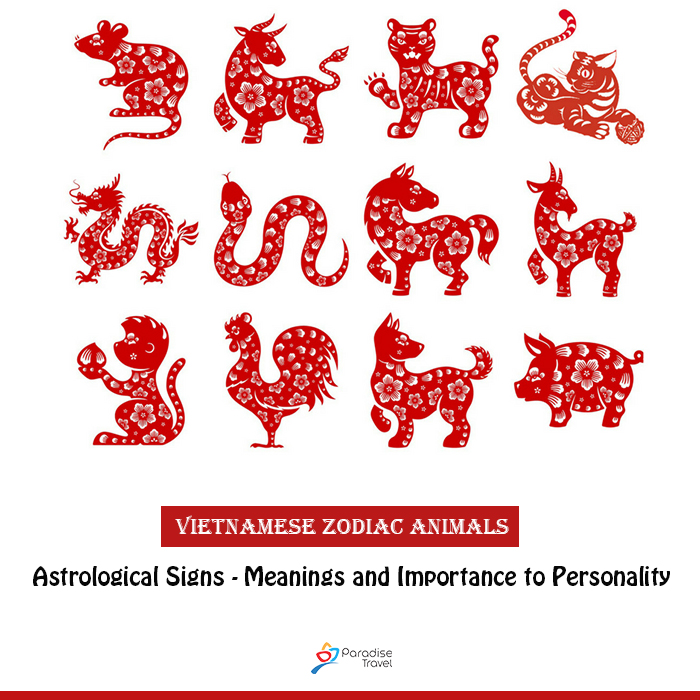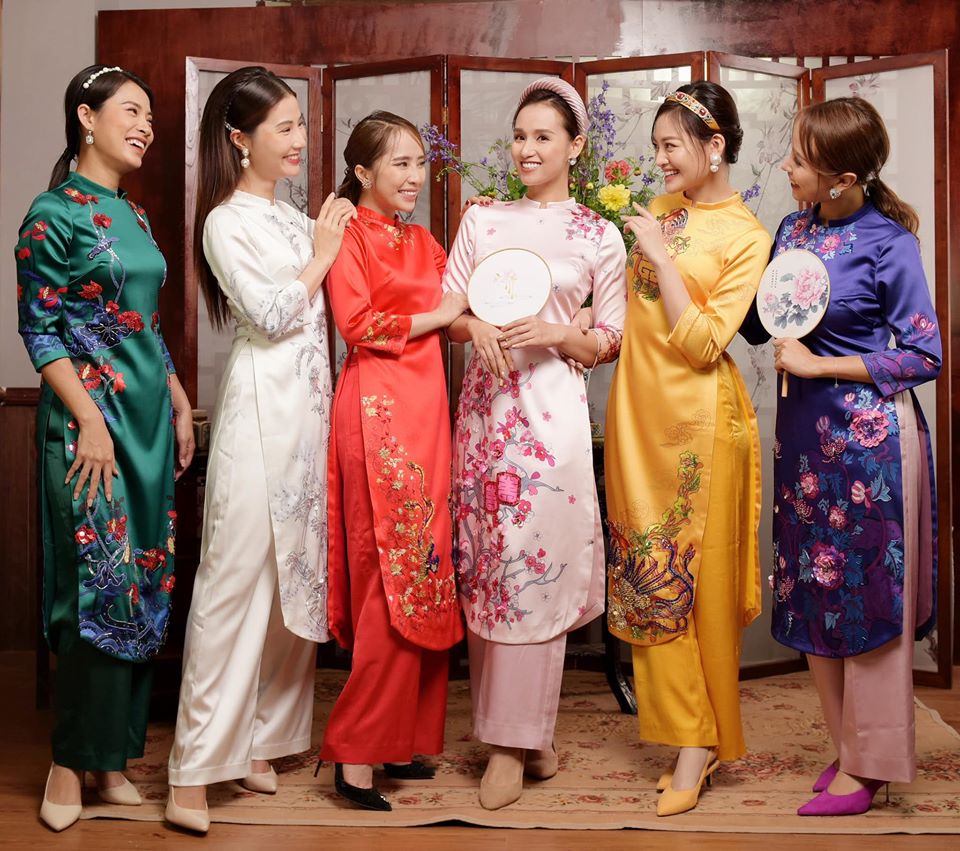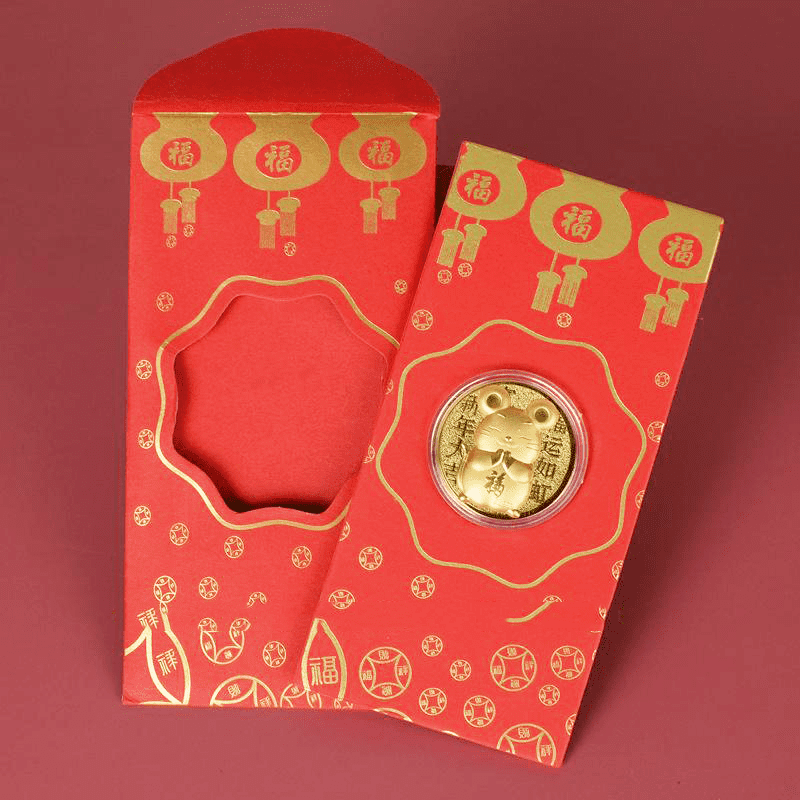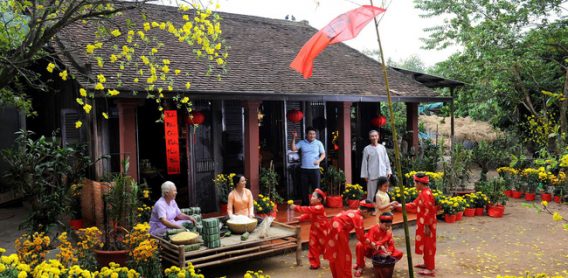Vietnam is one of seven countries celebrating the Lunar New Year Holiday. Year after year, the Tet celebration has changed significantly, so are there any interesting things on the Tet holiday? Nowadays, the Tet holiday is not only days off but also has a variety of more true facts that you may do not know. What are they? We are going to give you answers in this article.
WHAT IS TET?
Tet or Lunar New Year Holiday is the most special festival in seven Asian countries including Vietnam, China, Singapore, South Korea, North Korea, Malaysia, and Mongolia. As these are agricultural countries, their ancestors used a lunar calendar thousands of years ago, therefore, their new year begins with the first day of the new moon.
In Vietnam, Tet is the longest public holiday, most businesses, schools are closed in New Year Days. Tet celebration has been a significant part of Vietnamese Culture for thousands of years in which the Vietnamese forget obstacles and unfortunate in the previous year and hope for a better new year.
GATHER TOGETHER
Tet is a meaningful occasion for the family reunion. As people who live far from their house have a long holiday to return home after a hard-working year. They come together, prepare the last meal in the year, visit their relatives and friends.
Some return to their homeland to visit graves of their ancestors, temples to donate and give the fortune for the new year.
EACH YEAR HAS A ZODIAC SIGNS
Eastern countries horoscopes have 12 animals which are Rat, Ox, Tiger, Rabbit, Dragon, Snake, Horse, Goat, Monkey, Rooster, Pig and Dog.

2020 is the year of the Rat. These animals play an important role in Eastern cultures, as they are considered deciding your personality, career or even success.
DECORATION
Like some Asian countries, Vietnamese people really appreciate Feng Shui and suppose that red and yellow are fortune colors, which explain why they appear in every house during the Tet festival. Therefore, they usually stick best wishes, which often posted in pairs, into the Apricot tree pots, Peach Blossom pots, Kumquat tree pots, and door frames. Some are messages about what they want and expect such as property and harmony.
While the most public decoration is done half of the month before, that in-home is traditionally done some days before Tet. Because 2020 is a year of the Rat, decorations related to rats will be commonly seen.
SHOPPING
According to Vietnamese culture, new outfits are believed to bring luck, regardless of how many clothes they had, especially women, they spend a large amount of money buying new clothes.

The popular atmosphere before Tet is in the bustle of shopping. You can easily see overcrowded markets and supermarkets with lots of purchases. However, with the emerge of online stores and e-commerce websites, people prefer to buy new clothes online to get discounts as well as freeships.
Besides, it is essential to buy bonsais, trees such as Apricot, Peach Blossom, Kumquat, Marigoal, and Paperwhite to decorate their houses.

CLEANING THE HOUSE
Tet holiday is also known as the “house-cleaning festival”. Some days before Tet, all members of the family clean the house and place of worship. Common materials such as lanterns, bonsais, red envelopes are bought to decorate. All preparations have the same purpose – to welcome the New Year Festival and to receive a fortune.
FOOD
On the 23rd of December by the lunar calendar, the Vietnamese usually prepare some dishes such as Vietnamese sausage, Lean pork paste to mark a ceremony to express their gratefulness to three kitchen guardians. According to the Vietnamese tradition, it is the day when they give an annual report on the family to Jade Emperor.
In the days leading up to Tet, the Vietnamese cook traditional foods such as Square sticky rice cake, dried candied fruits, stewed food, pickled union, spring rolls. Cooking these foods are quite extensive and time-consuming.

The regional differences in Tet meals are mainly showed through these dishes. In the North, a traditional meal is more complicated with 4 plates and 4 bowls, which are the symbols of 4 directions and 4 seasons in the year. In the southern provinces, a Tet meal is more simple without regulation on the number of plates, dishes. However, regardless of regions, a Tet meal comprises traditional foods mentioned above. A traditional Tet meal is not for families, relatives, and guests but is also a tribute to ancestors.
THE FIRST PERSON TO ENTER THE HOUSE
Vietnamese believe that the first person visiting their house determine their fortune for the whole year. This activity is named xông đất, which is one of the most important rituals at Tet. A person who has a zodiac animal that suits the family host is a sign of luck. Thus, some visited a person with good temper, personality, and zodiac animal to first enter their house.
RED ENVELOPE AND LUCKY MONEY
Like at Christmas in Western countries, Vietnamese people give gifts during the Tet Festival. Red envelopes are common gifts in lunar new year days. Red envelopes contain money and are believed to give lucky because they are red. They are given to children and retirees.

The envelopes are usually designed with red, gold, zodiac animal, as they represent abundance and luck.
When receiving a red envelope, the children should accept with two hands, thank you the person who gave them red envelopes. How much money put on envelopes usually based on your finance and relationship with the recipient.
Although preparing for the Tet holiday is quite time-consuming, it is a great time for family members to be away from their work to come together, share each member’s stories in the previous year, understand each other better as well as preserve traditional features.

